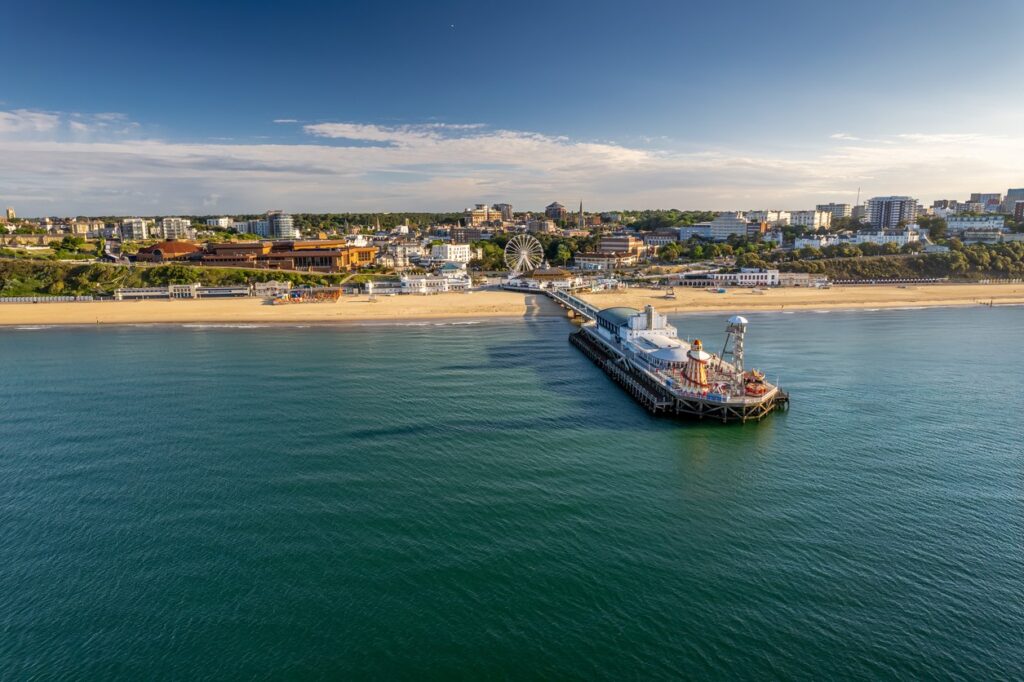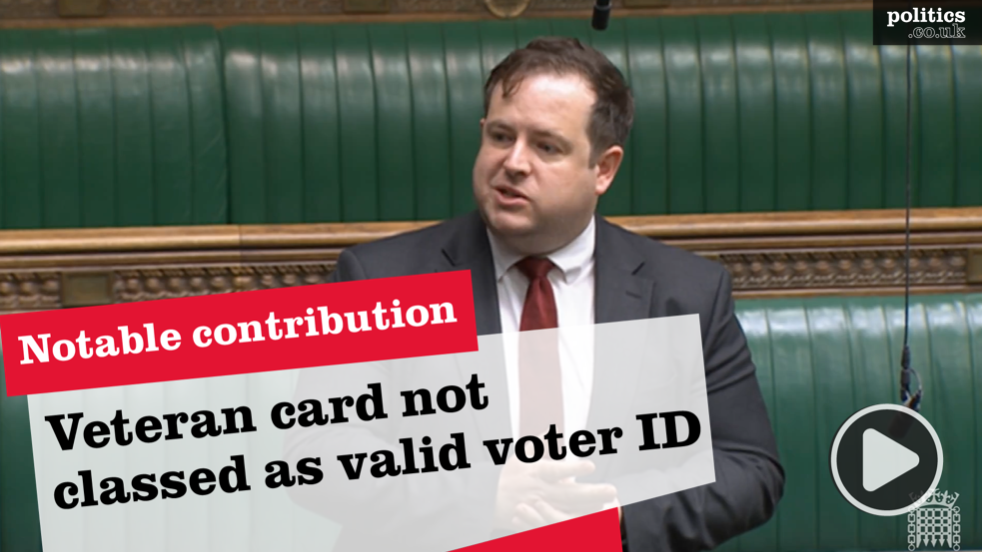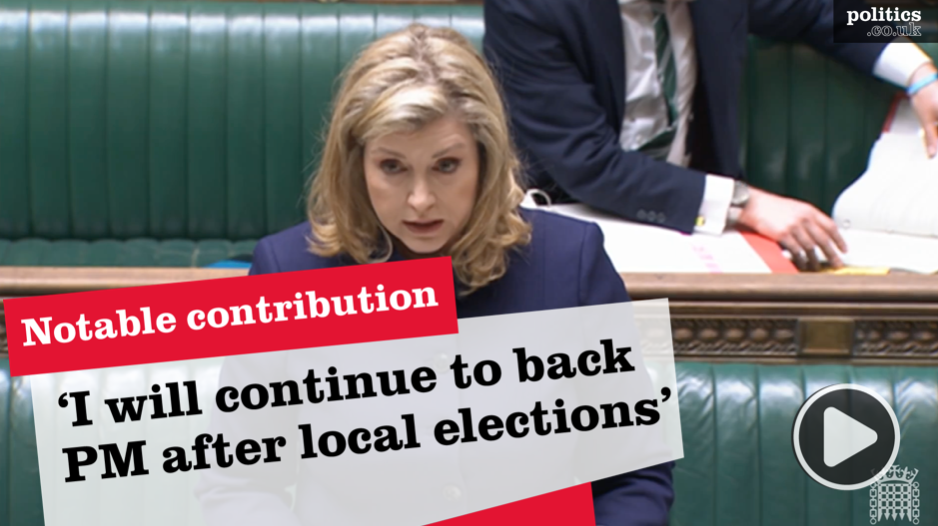It has been a fruitful few years for the Greens.
Where back in 2011, just 7% of voters listed the environment amongst their top three concerns, YouGov polling now shows the figure to have reached 20% and rising.
Against this background, the Green Party in England and Wales has seen its councillor base quadruple from 166 in 2015 to some 737 in 2023. Where the party polled just 2.7% of the vote in 2019, opinion polls now repeatedly record Green support at around 8%. In this year’s impending general election, for the first time, the Greens are talking about the prospect of fielding a candidate across every constituency.
As they strive to become England’s third largest political force, one recent poll has already shown Green support to have overtaken the Liberal Democrats. And combined Green membership across the different parts of the UK now surpasses 60,000, only a touch below the 74,000 possessed by the Lib Dems.


Unfortunately for the Greens, within the UK’s current electoral system, all this recent growth counts for little on the one measure that matters most: the number of Green MPs.
As we head into this year’s general election, the Greens are targeting just four constituencies in England and Wales (Brighton Pavilion, Bristol Central, Waveney Valley, and North Herefordshire).
***Politics.co.uk is the UK’s leading digital-only political website, providing comprehensive coverage of UK politics. Subscribe to our daily newsletter here.***
Speaking to Politics.co.uk, the party’s co-leader, Carla Denyer characterises that approach as one in which the Greens are “figuring out how to work efficiently within the current system”.
Pointing to the “encouraging” trajectory of the Greens in Australia and Canada, Denyer said: “They got their first MP elected around the same time that Caroline Lucas was elected in 2010. Like us they got stuck on one MP for a while, and then in the most recent general elections, both countries jumped up, and in Australia, they now have as many as 4 Green MPs”.
The late 2020s and the larger Green opportunity
As the decade develops, there are good reasons to believe that the Green Party should be able to set its sights beyond its current, quite limited, targets.
In short, the arrival of a Labour government should see to that.
The last time that the Labour Party was in office, it took some time for voter disillusionment on the political left to set in. Now, against an economic backdrop which is widely regarded as being less resilient, and with a leader that lacks the positive approval ratings that once blessed Tony Blair, an incoming Labour administration can expect that process to be on a faster burn.
Crucially, there is also a likely difference as to where disillusioned voters, particularly those on the left, may then flock.
In the latter years of the last Labour government, most notably following the war in Iraq, it was the Liberal Democrats who were best positioned to benefit.
That is no longer a given.
Still burdened with the baggage of their decision to enter into an austerity driven coalition with the Conservatives back in 2010, and now constituting a potent electoral force almost exclusively in just a few dozen highly affluent seats across southern England, the Liberal Democrats are not in the position they once were.
Instead, as a future Labour government runs its course, it is the steadily more prevalent Greens, who look best set to pick up the baton of political opposition on the British left.
So this begs the questions, how far may the Greens be able to advance at Westminster, which areas of the country could provide the party with its greatest chance of future electoral success, and what local conditions might best support the election of future Green MPs?
Condition 1 – A demographic match
All political parties have a demographic heartland and the Green Party is no different.
Indeed, the demographical similarity between the two constituencies in which the Green Party polls best (Brighton Pavilion and Bristol Central) is striking.
According to the House of Commons library, Bristol Central and Brighton Pavilion are the two seats in the UK that have the highest number of voters with ‘no-religion’. Both boast a very high level of university students, contributing to a significant proportion of the electorate that is under the age of 35. The two seats exude some of the lowest car ownership rates in the country, whilst at the same time possessing amongst the highest proportion of residences that are privately rented.
Although the Greens continue to gain local council seats across a whole range of areas, from rural Suffolk to inner city London, this might posit a slightly misleading trail. Until the Westminster electoral evidence proves otherwise, it is still sensible to believe that the party’s future MPs are most likely to come from those constituencies that match its proven demographic.
Indeed in the past, when the Green Party has actively targeted Westminster seats that stretch away from that core demographic, such as the Isle of Wight in both the 2017 and 2019 general elections, it has failed to make the headway that was hoped.
Fortunately for the Greens, there remain a large number of potential target seats that share many of the characteristics of Brighton Pavillion and Bristol Central. These include places such as Sheffield Central, or Leeds Central and Headingly, both seats where close to three fifths of the electorate are under the age of 35.
They also include university seats such as Bournemouth West, or Plymouth Devonport, both areas of England where a close to half of the electorate also lack religious beliefs, and where private renting – long a key issue for the Greens – accounts for a disproportionately high proportion of the local housing stock.

Bournemouth West is typical of a number of potential future springboard seats for the Greens. It combines an emerging Green councillor base, with a crowded electoral landscape, and a young demographic that contains two universities and a high proportion of private rental accommodation.
Condition 2 – Seats where the Greens have a chance of winning on 30% of the vote
Given that the UK’s smaller parties by definition have a less widespread electoral appeal, under the UK’s first past the post voting system, these parties have their greatest chance of success when the constituency winning post is at its lowest.
In fragmented electoral battlegrounds, ones where a whole range of different parties are polling well, a victory for the Greens can then become possible with the support of just three tenths of a local electorate. In just that vein, when Caroline Lucas became the Green Party’s first MP in Brighton Pavilion back in 2010, she did so, on just 31% of the vote.
Looking to the future, the electoral arithmetic dictates that the Greens have their greatest chance of future success in crowded and tight fought contests, most notably ones where the Conservative or Labour vote is also already somewhat capped. Going forward, such an approach may point to opportunities in seats such as Cambridge, Hastings and Rye, or Truro and Falmouth.
From the outside, this would appear to make the Green Party’s current strategy of concentrating half of its prime 2024 focus on the dual seats of Waveney Valley and North Herefordshire somewhat surprising.
Not only do these two seats possess an ageing demographic, (with the average voter in each around the age of 57), they are also far from fragmented contests. In the 2019 general election, the Conservatives notched up a whopping 63% of the vote in North Herefordshire, and even today are reported by Electoral Calculus to be sitting at close to 40%. This inevitably poses the question as to whether the Greens can muster the high level of support required to triumph in such a location.
Referencing the success of the Greens at a local level, Green Party co-leader, Carla Denyer, presents a more upbeat assessment of the party’s chances in both these target seats. Pointing to the party’s canvassing returns, Denyer remains confident that the Greens can appeal to former Conservative voters, and stresses how Waveney Valley’s Mid Suffolk Council is the first in the country where the Green’s have secured overall control. Highlighting the absence of what she believes is an effective Lib Dem or Labour opposition in these two seats, she says, “voters understand that their choice is between Green and Conservative”.
Condition 3 – Local environmental concerns
In any electoral battle, the ability to tap into disquiet about a particular local issue is something that political parties look to harness to their advantage.
In the past it is an approach to which the Liberal Democrats have been adept. Tapping into opposition to the ULEZ charging zone, it is a tactic that the Conservatives deployed with some aplomb in last year’s Uxbridge by-election defence. It can work in general elections too. In both 2001 and 2005, the independent candidate Richard Taylor, harnessed the issue of the Kidderminster hospital, to secure victory in the Wyre Forest.
With local issues being increasingly environmental in nature, the Greens should have an in built advantage when it comes to political campaigning. A function of the party’s branding and political identity, the Greens can effectively project, principled, not simply opportunistic, political opposition to these localised environmental concerns.
In Waveney Valley, the Green Party has built its recent successes around local environmental campaigns on the nearby Sizewell C nuclear plant, unwelcome sewage discharges, and flooding risks. Across the UK, there are a whole host of other seats, particularly on the coast, where a similar menu could yield potent political dividends for the Greens.
Condition 4 – Momentum, baby…
Although George Galloway regularly pops up to disprove the point, for the UK’s more traditional smaller parties, success at Westminster rarely seems to happen overnight.
As the Liberal Democrats have long perfected, the process of gaining a new MP traditionally emerges from the party steadily building up its number of district councillors, growing its local membership base, and then drafting in a wider network of regional activists to focus on that one particular target seat.
This is, after all, what the Greens themselves did in Brighton Pavilion back in the early 2000s. The party first established a foothold on the local council, and then secured 20% of the vote in the 2005 general election, before eventually winning out in 2010.
With the Greens already holding 12 of the 14 council seats in the Bristol Central constituency, it is an approach that the party’s co-leader, Carla Denyer hopes herself to emulate as the Green candidate in that seat. Having started to vote Green at a local level, Denyer maintains that voters are “more likely to trust us with their vote at the next level up, when the general election comes”.
With the latest polls suggesting that the Bristol Central contest is on a knife edge between the Greens and Labour, Denyer is careful to stress she is ‘optimistic’ rather than ‘cocky’ about her chances.
Across the country, a whole series of recent Green advances at a council level, have the potential to provide the party with that hitherto missing element of local electoral credibility. Rippling out beyond Bristol Central, Yougov polling suggests that the Green party is now on course to attract close to a fifth of the vote in each of the neighbouring seats of Bristol North West, Bristol East, and Bristol South.
Beyond the Bristol metropolis, Stroud in Gloucestershire, and Folkestone and Hythe in Kent, are further cases in point. Electorally congested constituencies in which the Greens could conceivably one day emerge victorious with less than a third of the vote, the party has already established a local electoral base of 14 and 11 local councillors respectively.
The 2024 General Election – A staging post to subsequent Green gains?
For now, the Green Party’s co-leader is keen to keep the focus on the party’s four main target seats.
Talking to Politics.co.uk, Carla Denyer says: “Our political strategy at the moment runs to 2025, so we don’t have a formal signed off strategy that goes beyond that, but certainly it is part of our ambition, that we get a handful of Green MPs elected this time, and then I think that will open up the possibility of winning the next generation of seats”.
Nonetheless, with the medium term in mind, it does feel that there is a further yard-stick, against which Green performance in 2024 should be measured.
With environmental concerns set to remain at the forefront of the political agenda, and with the Green Party increasing well placed as a destination for disillusioned voters on the left, the late 2020s are likely to present the Greens with their best chance yet, of making their presence properly felt on the UK’s national political scene.
Within that context, the performance of the Greens in this year’s general election goes beyond whether the party merely equals, doubles or quadruples, its current singular MP count.
It should also be assessed by the extent to which the party can establish a series of credible springboard positions from which to launch in the election after next. In practice this probably means securing something approaching a fifth of the vote, and doing so in seats, where subsequent electoral success may be achievable with little more than three tenths of that vote.
If they are to maximise their chances within the UK’s first past the post system, the Greens will have their best chances of erecting these springboards in constituencies where a proven demographic, a crowded electoral landscape, and a degree of existing local momentum, are all present in unison.
Encouragingly for the Greens, if they pick their targets well, there is an increasing number of electoral possibilities out there for them.
Politics.co.uk is the UK’s leading digital-only political website, providing comprehensive coverage of UK politics. Subscribe to our daily newsletter here.
A previous version of this article suggested that Australia uses the same first past the post electoral system as the UK. Rather, Australia uses the Alternative Vote (AV), otherwise known as Instant Runoff Voting (IRV), Ranked Choice Voting (RCV) or simply Preferential Voting as it is often called domestically.










